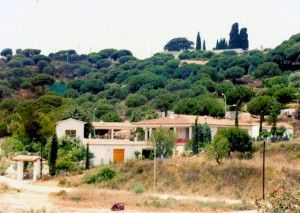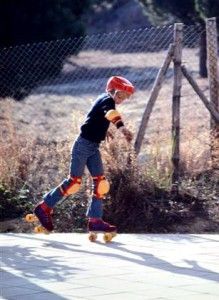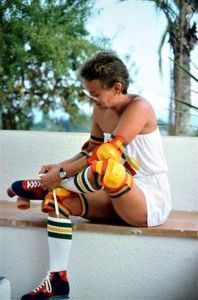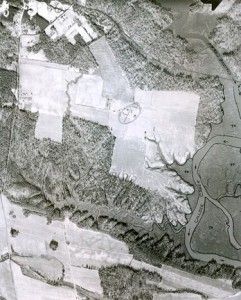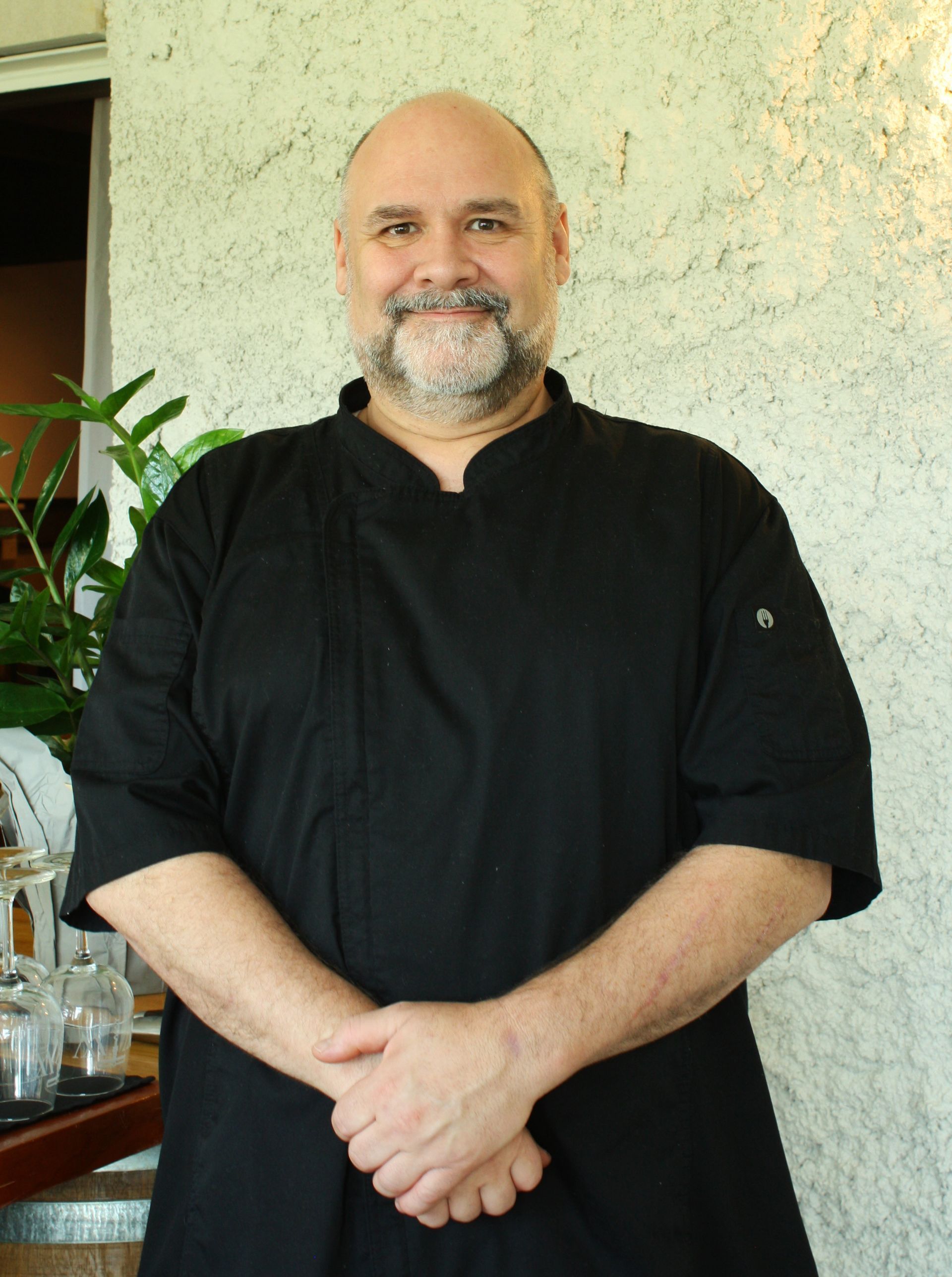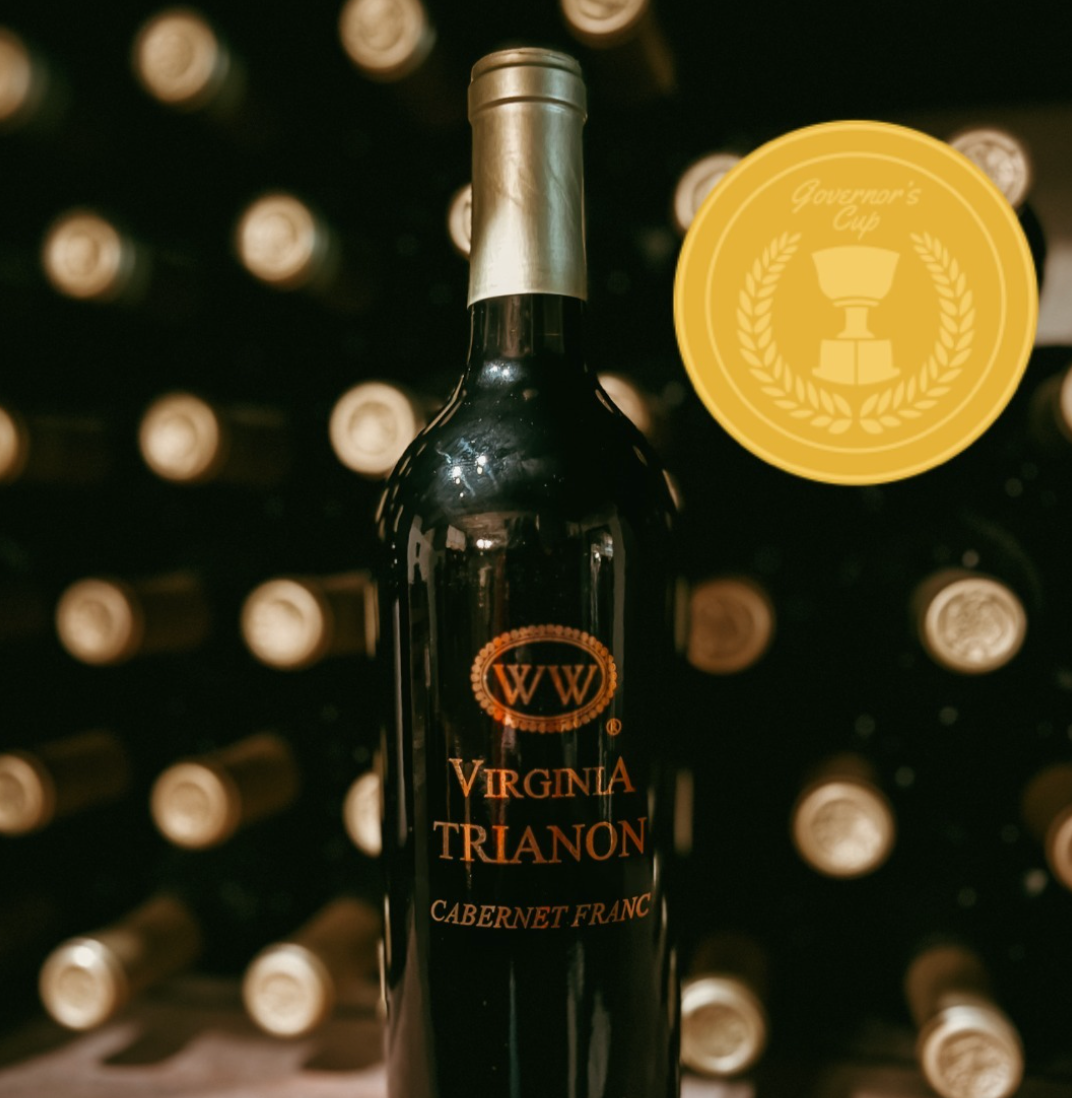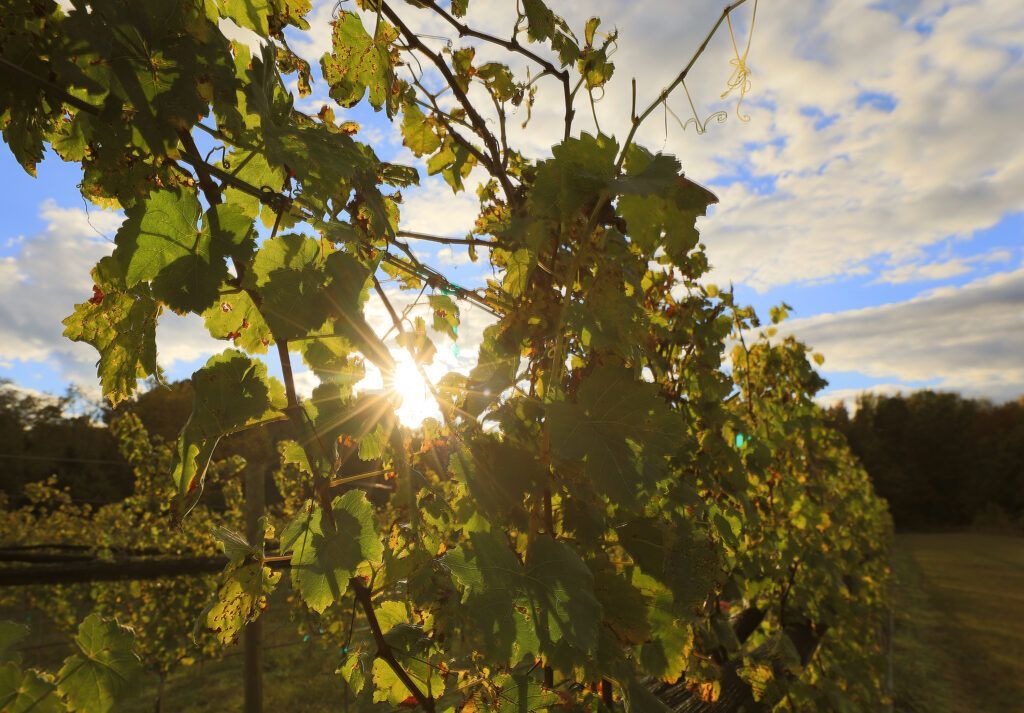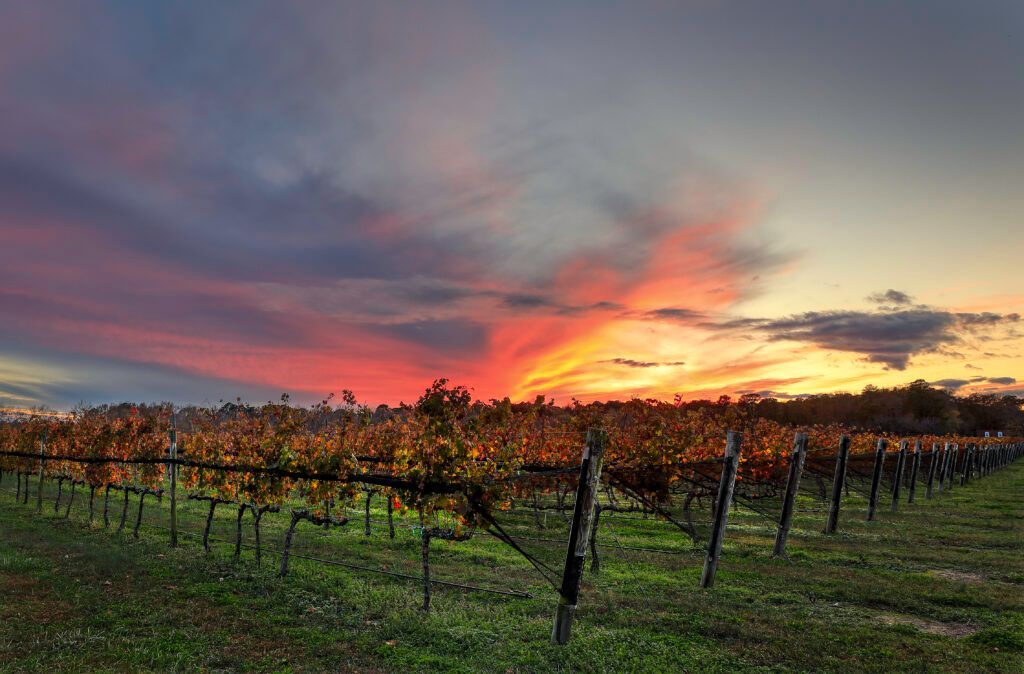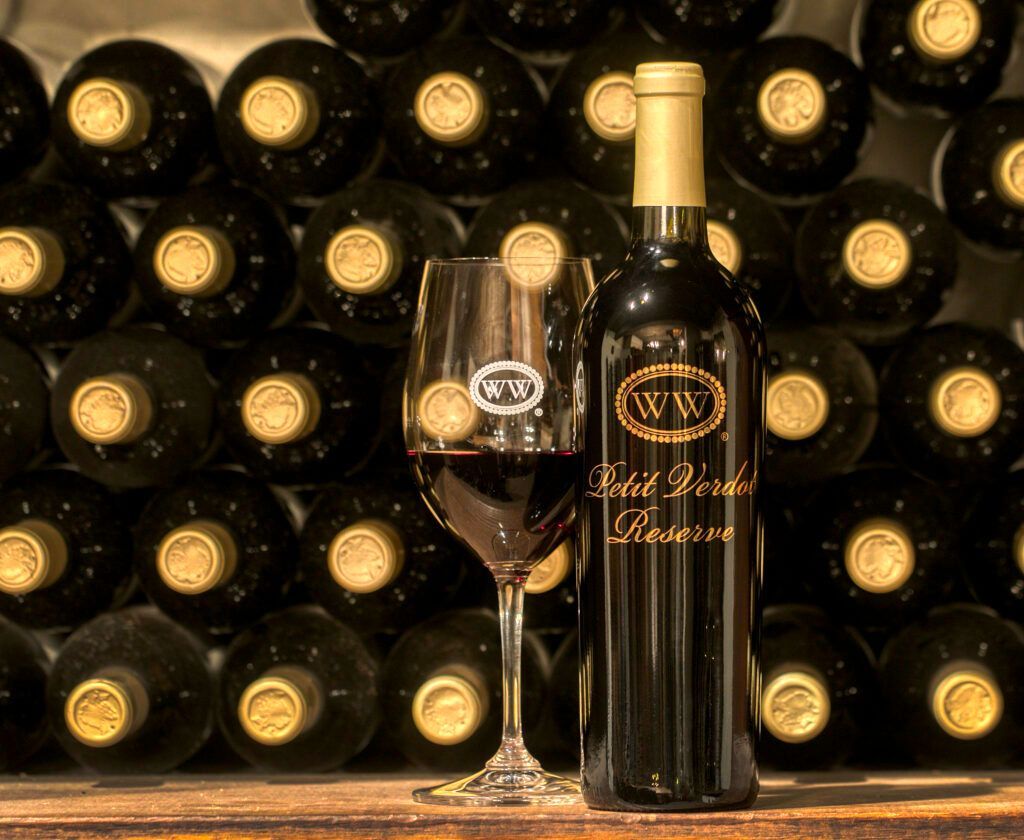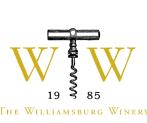Part 2: The Search for a Farm
Fundamental decision: where in the world are we going to look to acquire a farm. Peggy smiled gently and showed me a world map with four areas that she considered to have a climate that would suit her likes. New Zealand, Argentina, the North-West, Virginia.
We were living on a blessed piece of real estate on the Costa Brava in Spain, about 30 km North of Barcelona. Our house overlooked the Med and every morning the sun woke us up as it surfaced from the blue waters.
We had a nice large terrace and a pool and spent virtually all weekends (if I managed to be there) living the outdoor life, cooking the sausages prepared by the local butcher, the pork tenderloin or the chicken on the barbacoa and fine Riojas were plentiful and very reasonably priced.
Since my first visit to Williamsburg in 1961, I had developed a fondness for Virginia. After graduating from high school in Hilton, NY, just a couple of miles off Lake Ontario, West of Rochester, the American Field Service had organized a very pleasant trip to foreign students that had taken me to PA, Ohio, Indiana, Kentucky, Tennessee, Virginia and finished in NYC where we would take a Dutch ship back to Rotterdam.
In ’68, Peggy and I travelled to Williamsburg with my parents who still lived in Europe. We had come with friends from S. Africa in ’69, for a home leave vacation in ’71, with Formula 1 racing drivers in ’72 and ’74. We had felt comfortable in Virginia and somehow, it is a lot closer to Europe than any of the other three potential areas for scouting a suitable farm. So, I suggested that it should become our first area to go and visit.
As readers will remember, we had been living in Europe for over ten years and our two young sons spoke French, Spanish and English with a very British accent as a result of the indoctrination by our wonderful au pairs. We decided to take a cross continent trip in August ‘80 starting in CA and finishing in VA that would have Patrick II and Terence discover the North American continent.
While in CA, we rented a big, very big mobile home RV, drove up the Pacific coast on highway 1 to South of Monterey, crossed the state and went up to the Yosemite Park, returned back to LA, visiting with friends. Then we began our trek in a more sedate rental vehicle to Vegas, then the Hoover Dam, the Petrified Forest, the Painted Desert, and stayed for couple of nights in Santa Fe, NM. Crossing the Texas Panhandle was long and hot in flat country. It was followed by OK, AK, TN and then again VA.
Soon we were in the Tidewater area and began our broad analysis of where we should begin inquiring on cost of land, operating financials and all considerations that might impact the project. Under analysis were the thoughts of a specialty organic cattle farm, a small winery and possibly a glorified bed and breakfast but only one project at a time. Peggy was a disciplined researcher having come from a family of bookworms with strong interest in sciences. She acquired a quick and voluminous pile of documents for us to study.
We drove up North to catch our plane back to Spain beginning to format a concept of timing for this adventure. Next was the need to discuss with my friends on the Board of Directors of the company the decision we had taken for our long term plan. It was a very cordial meeting particularly as I was being asked to focus on the redeployment of the US operation with headquarters in NYC.
In early ’81, in addition to my international responsibilities, I was named CEO of the US company and began flying from Barcelona to Geneva to NY on a routine basis. Peggy was busy doing spreadsheets on large green ledger paper to begin financial evaluation of what we would need to fund the project. We sold our house located just outside Geneva, moved into the house we had acquired in Spain and dedicated time to landscape the parcel, create a healthy vegetable garden and targeted mid’ 80’s as the approximate time for us to move back to the US.
Late that year after the completion of a marketing get-together of the entire sales force of the US operation in the Bahamas, we flew to Richmond and arranged to meet the real estate agent that we had contacted. The man looked just like Colonel Sanders and couldn’t figure us out. He wanted to show us “toy farms” one after the other. Our definition of a toy farm is one where you want to play gentleman-farmer while the beautiful, well maintained property turns you quickly into a pauper unless you are born with a silver spoon in your mouth. After two days of driving all over the state we gave up on Colonel Sanders and decided to identify new agents and ensure that our objective was well understood.
We made contacts with several persons and got more listings and sell sheets of farms for sale that were all seemingly perfect. We saw a one thousand acre farm North of Richmond that was attractive and determined that establishing a contact with a lawyer was the next key step on our priority list. While on quick stop with family in Upstate NY we reached out to an old lawyer friend who reminded me that the husband of the daughter of a Hilton family that had been very supportive in the 60’s was in Richmond. We made the connection with John Patterson, a very solid ex Navy Officer and Duke Law School grad.
Among the list of contacts we had made was the VA Dept of Agriculture who had referred us to VA Tech in Roanoke and we had been briefed on the importance of agriculture to the state of the economy and the growing interest of reviving the VA wine industry which had been recently boosted by the adoption of the Farm Winery Act.
One of the farms in VA. The change in lifestyle would be challenging for the parents as well as for the children.
Our next trip was in January ’82. We continued seeing many farms. Peggy had completed projections on the project if the big farm North of Richmond might be a go. I had opened a dialogue with European Bankers that were interested in working with us through their correspondent banks in Virginia. On a very snowy day, we were shown several farms in the Tidewater area, including one just outside of Williamsburg. It was brutally cold but we remembered it as being extraordinarily beautiful. However the price was well above our targeted level on a per acre basis. So, we discounted that farm and continued our search and ended up looking at fifty-two farms in Central and Eastern VA from Mecklenburg County to the Northern Neck.
We met with the attorneys at McGuire, Woods Battle & Booth and were advised to proceed with caution in our friendly conversations with the operator of that thousand acre farm. In the course of detailed discussions, we learned that in order to maximize the arable land of the farm, the man had filled numerous ravines with dead tires and bulldozed earth and top soil over the piles of tires. Write that project off.
Around Easter ’82, we were back in VA. The real estate agent who had driven us to the Williamsburg property suggested that we stop in to look at it again. It was springtime and the weather in Eastern Virginia is just about perfect. Everything was green and the sky blue. “ A six hundred acre farm, with a lot of frontage on a creek, “Just ready for development,’ said the salesman. “You don’t get it,” was our response, “we are not interested in development. We simply want to operate a genuine agricultural business, like a winery.” The man looked at us as if we had just come down from the moon or anywhere else in outer space. “A winery? A place where you make wine by stomping on grapes and sell it?” He shook his head in disbelief and confusion but made no further comment.
“Do you think that it might be possible to acquire a 300 acre portion of this farm?” we inquired in a very low key fashion. The real estate agent said he would try to arrange a brief visit with the attorney who owned the farm for the next day. The man driving what looked to us as an incredibly large Cadillac limousine kept showing us more farms that afternoon.
The next day, we had meetings arranged with competing real estate agents and went to look at farms on the York River. We decided to keep our independence and drive our rental and follow the salesmen where they took us. A session with the owner of the special Williamsburg farm had been scheduled for the afternoon in Newport News.
When we arrived at the attorney’s office, we were greeted by the gentleman who had the reputation of being the largest land owner on the peninsula between the James and the York Rivers, one of his law office colleagues and a friend who was introduced as a real estate developer.
We outlined our plan and our eventual interest in acquiring a 300 acre portion and set financial parameters. It was clear that they simply could not believe that an American couple living in Spain would want to buy land just to farm it. The meeting was brief and the law office colleague told us they would send us a proposal.
It arrived two weeks later with plats of the farm with elaborate color coded areas that would identify areas that they would consider for sale as parcels without any water frontage and at a per acre price that was twice what we had defined as our upper limit. I was angry, called the real estate agent and told him that we did not appreciate people who insulted our intelligence or wasted our time. We would be prepared to deal with the principal on the general terms that had been defined; otherwise, there were plenty of other farms for sale in Virginia. By the next day, the agent sheepishly called back and told us the owner would welcome a specific proposal from us drawn on the plat that we had received.
The next trip was organized for the summer of ‘82. We had also identified a nice property on the York River that had a lot of appeal and was well within our budgetary plan. So, we were now on a course with two solid options.
During the spring of that year, the dollar value surged over the European currencies resulting from the high prime rate pushed by the Feds. At one point it reached 21% and our savings in European currencies were looking like snow melting in the sunshine. We certainly were not going to buy a farm by making payments in European currencies. Anxiety level rising.
It was July and the weather was warm. We drove to the York River farm and found an abundance of wild berries. We virtually snacked on them and while munching were trying to establish the positives and negatives of all the farms we had visited to reach a conclusion. Surry County had been added on our list. Yet, we were very impressed by the farm in Williamsburg and decided to meet again with the owner. We wrapped things up for the day and while staying at one of the properties of Colonial Williamsburg, we went over all of our calculations and the various points to consider. The next day we were back in the office of the lawyer that we had met in the spring.
PGD (right) with friend and Exec VP, George Share (left) and another Sr person (middle) at a meeting of Fragrances Selective Inc.
We made a specific proposal to purchase ca 300 acres identifying on the map the area of our interest and the per acre price we would be prepared to consider. The next day we were to fly back to Spain and suggested that his agent contact us to advise us of his response. We all knew that beyond any kind of response in principle, there would be a lot of due diligence such as survey, legal documentation, title search, easements etc. Now, the ball was in his court and we were to wait for a telephone call to advise us of his position.
(To be continued)
Patrick G. Duffeler
Founder & CEO
